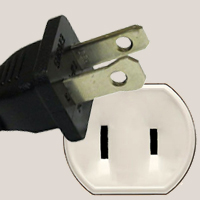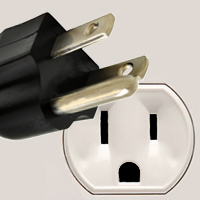Latin America Regulatory Compliance Group
Type Approvals for Latin America and the Caribbean
Latin America Regulatory Compliance GroupLARCG COVERS PANAMA
LARCG COVERS LATAM
ASEP Type Approval in Panama
ASEP (Autoridad Nacional de los Servicios Públicos) is the telecommunications regulating agency in Panama. Products that use radio frequency technology require ASEP type approval and certification to import and commercialize in Panama.
No testing is required in Panama at this time, and LARCG can use existing international test reports for the homologation process to obtain ASEP approval. Technical documents will be reviewed and validated in the approval process.
Panama has restrictions in the frequency band between 960 MHz and 1215 MHz. LARCG will help determine if these restrictions apply to your equipment.
Local representation is not required in Panama at this time and there are no labeling requirements that currently apply.
Products requiring ASEP approval include:
- Transceivers
- Personal trackers
- Wireless microphones
- Mobile phones
- RFID equipment
- Radio alarms
ASEP Resolution 8105, 2014: Establishes categories of telecommunications equipment subject to approval and certification.
For products that do not require ASEP approval, the Agency will provide a No Homologation letter to avoid any issues with customs.
Contact us to start the approval processPanama Plug Types


Type A plugs, rated at 15 Amps, are used mainly in the United States, Canada, Mexico, South America and Central America. This Class I, non-grounded, non-insulated plug operates on AC current and is known as NEMA 1-15. The plug has two 1.5 mm thick blades which measure 15.9 – 18.3 mm in length and are spaced 12.7 mm apart. The neutral blade is 7.9 mm wide, while the hot blade is 6.3 mm wide.
This plug almost always operates between 100 – 127 volts and is only compatible with socket type A.
Type B plugs, rated at 15 amps, are used mainly in the United States, Canada, Mexico, South America and Central America. This class I grounded, non-insulated plug operates on AC current and is known as NEMA 5-15. The plug has two 1.5 mm thick blades which measure 15.9 – 18.3 mm in length, and are spaced 12.7 mm apart. It also features a 4.8 diameter round, or u-shaped earth pin measuring 3.2 mm which acts as a ground. This plug almost always operates between 100 – 127 volts and is compatible with type A and B sockets. Grounded type B outlets are still rather uncommon in some parts of Central and South America. However, it is not uncommon for people to cut off the earth pin to achieve compatibility with two-pole non-grounded sockets.